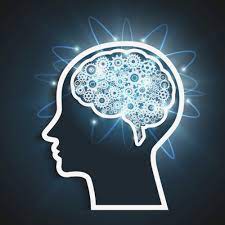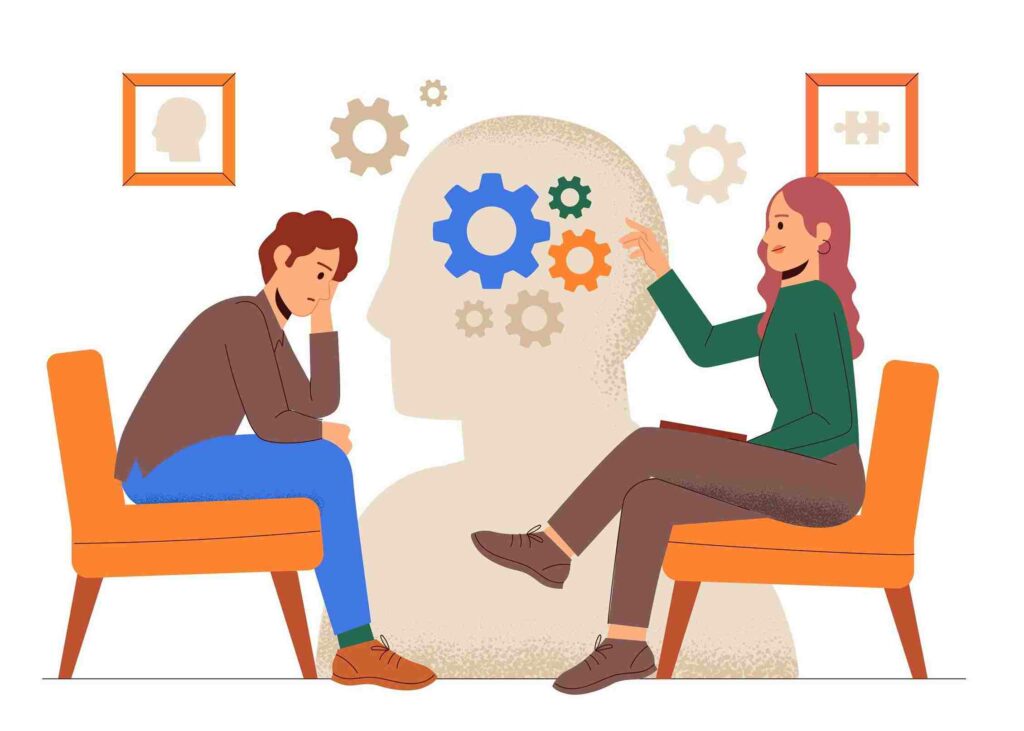If you are considering RTT therapy, you must know what to expect. This type of therapy can be life-changing for many people, but it is not right for everyone. In this blog post, we will discuss the basics of RTT therapy and what you need to know before deciding whether or not to try it.
Contents
What Is RTT Therapy?
 Rapid Transformational Therapy is a form of therapy that helps you to heal past traumas, whether small or large, in a relatively short amount of time. RTT Therapy is a type of talk therapy that is used to treat a variety of mental health conditions.
Rapid Transformational Therapy is a form of therapy that helps you to heal past traumas, whether small or large, in a relatively short amount of time. RTT Therapy is a type of talk therapy that is used to treat a variety of mental health conditions.
This therapy was developed by Maria Luisa Carulla, a Spanish psychiatrist, in the early 1990s. Carulla developed the therapy after working with patients who had not responded to traditional therapies.
RTT Therapy is typically short-term, lasting between 12 and 20 sessions. The number of sessions will depend on the severity of the condition being treated.
How Does RTT Therapy Work?

Patients are usually asked to wear comfortable clothing while RTT therapy and lie down on a therapy bed. Then begin the session by talking to the patient about their current situation and how they would like to improve it. They will also ask the patient to recall past experiences that may be contributing to their current problem.
After the initial conversation, the therapist will use a variety of techniques to help the patient relax.
Once the patient is relaxed, the therapist will begin to work on resolving the underlying issues that are causing the problem. This may involve working with repressed emotions, beliefs, and memories. The therapist will also help the patient develop new coping mechanisms and ways of thinking that will improve their overall well-being.
During two to three sessions, the therapist will help the patient to identify and work through the root cause of their problem. Once this has been resolved, the patient will be able to live a happier and more fulfilling life.
If you are considering trying RTT Therapy, it is important to find a qualified therapist who has experience in treating your specific issue.
Techniques
An RTT therapist will work with you to help uncover the root cause of your issues and develop a personalized treatment plan. Techniques used in RTT therapy can vary, but may include:
Hypnosis
This is a state of focused concentration that can help you relax and feel more open to change. A therapist may guide you into hypnosis and then help you imagine a peaceful place or memory.
Cognitive behavioral therapy (CBT)
This is a type of therapy that helps you identify and change negative thought patterns and behaviors. If you tend to worry a lot, CBT can help you learn how to better manage your anxiety.
Eye movement desensitization and reprocessing (EMDR)
This is a type of therapy that uses eye movements or other forms of bilateral stimulation to help “process” and heal trauma. For example, if you have a fear of flying, your therapist may help you work through that fear by having you imagine yourself flying safely and comfortably.
Guided visualization
This involves imagining yourself in different scenarios, such as achieving your goals or overcoming obstacles. For instance, if you’re afraid of public speaking, your therapist may have you imagine yourself giving a successful speech.
Affirmations
These are positive statements that can help change your thinking and beliefs about yourself. For example, if you tend to think negatively about yourself, an affirmation might be “I am worthy of love and respect.”
Journalizing
This involves writing down your thoughts and feelings about certain experiences or situations. Writing can help you process your emotions and gain insights into your behavior.
Behavioral experiments
These involve testing out new behaviors or ways of thinking to see how they impact your life. For example, if you’re afraid of failure, you might experiment with taking risks and see how it affects your life.
If you’re considering RTT therapy, be sure to ask your therapist about their training and experience with the different techniques. Also, be sure to ask about the length of treatment and what you can expect. Most importantly, find a therapist you feel comfortable with and who you can trust.
What Are the Benefits of RTT Therapy?
There are various benefits of RTT therapy, including:
Reducing or eliminating negative core beliefs: RTT therapy can help you to identify and challenge the negative core beliefs that are at the root of your emotional distress.
Improving self-esteem and confidence: RTT therapy can help you to develop a more positive outlook on yourself, which can lead to improved self-esteem and confidence.
Increasing feelings of happiness and well-being: RTT therapy can help to increase levels of serotonin and dopamine in the brain, which can lead to improved mood and increased feelings of happiness and well-being.
Improving sleep: RTT therapy can help to improve sleep quality by reducing stress and anxiety levels. For example, one study found that RTT therapy was effective in treating insomnia.
Reducing stress and anxiety: RTT therapy can help to reduce stress and anxiety by challenging negative thoughts and beliefs. For example, one study found that RTT therapy was effective in reducing stress and anxiety levels in people with social anxiety disorder.
Improving relationship satisfaction: It can help to improve communication and conflict resolution skills, which can lead to improved satisfaction in relationships. For instance, one study found that RTT therapy was effective in improving relationship satisfaction.
Increasing clarity and direction in life: RTT therapy can help you to identify your goals and values, which can lead to increased clarity and direction in life.
Creating lasting change in just a few sessions (compared to years of traditional therapy): RTT therapy is a short-term therapy that can create lasting change in just a few sessions. For example, one study found that RTT therapy was effective in treating depression and anxiety.
If you’re considering trying RTT therapy, be sure to consult with a qualified therapist who is trained in the method to ensure that it’s the right fit for you. RTT therapy is a powerful tool that can help you to create lasting change in your life, but it’s not right for everyone.
Drawbacks Of RTT Therapy
There are a few drawbacks to RTT therapy that you should be aware of before you decide to try it. These are as follows:
- First, it can be expensive. The therapist will need to be paid for their time.
- The therapy itself can last for several sessions.
- It may not be covered by your insurance, so you may have to pay out of pocket.
- Another downside to RTT therapy is that it can be emotionally draining. The therapist will likely ask you to relive some of your trauma, which can be difficult and upsetting.
- Finally, RTT therapy may not be available in your area. You may have to travel to see a qualified therapist, which can be costly and time-consuming.
Despite these drawbacks, RTT therapy can be an effective treatment for PTSD and other mental health conditions.
Conclusion
It may be concluded that RTT therapy is a promising new treatment option for patients with mental health disorders. However, more research is needed to confirm its efficacy. Consult with a qualified healthcare professional, if you are considering trying RTT therapy to ensure that it is right for you.
For more customized assistance, please contact Therapy Mantra. Our professionals are experienced in this area and can help you take the necessary steps to improve your situation. Get in touch with us right away to learn more about our services. You may also make an online therapy session or download our free Android or iOS app.


